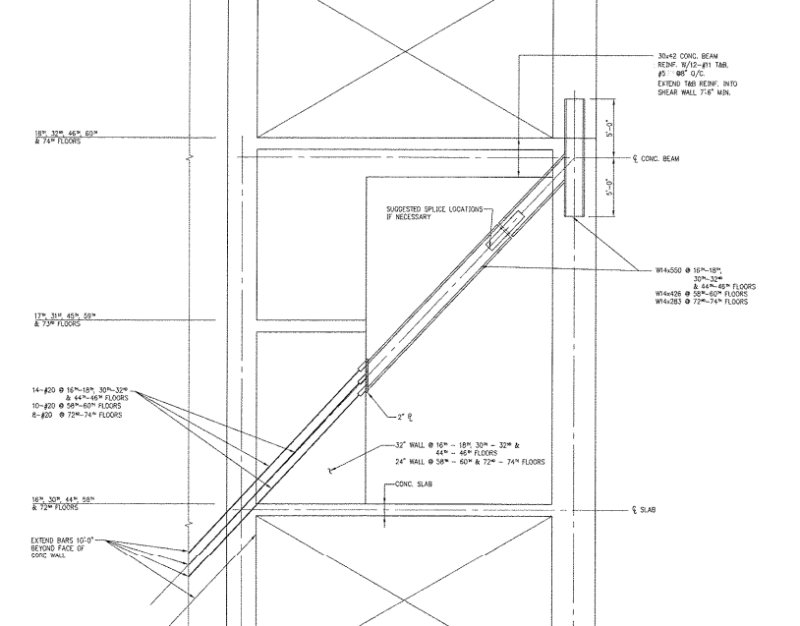XR250
Structural
- Jan 30, 2013
- 5,992
Just got back from a trip to NYC. How amazing!
Anyhow, I was researching the structure of 432 Park Ave. and Wiki says its core is only 30' x 30'. Seems kind of spindly for a 1400 ft. tall building. Are they somehow using the exterior concrete walls to help provide stability?
Anyhow, I was researching the structure of 432 Park Ave. and Wiki says its core is only 30' x 30'. Seems kind of spindly for a 1400 ft. tall building. Are they somehow using the exterior concrete walls to help provide stability?





